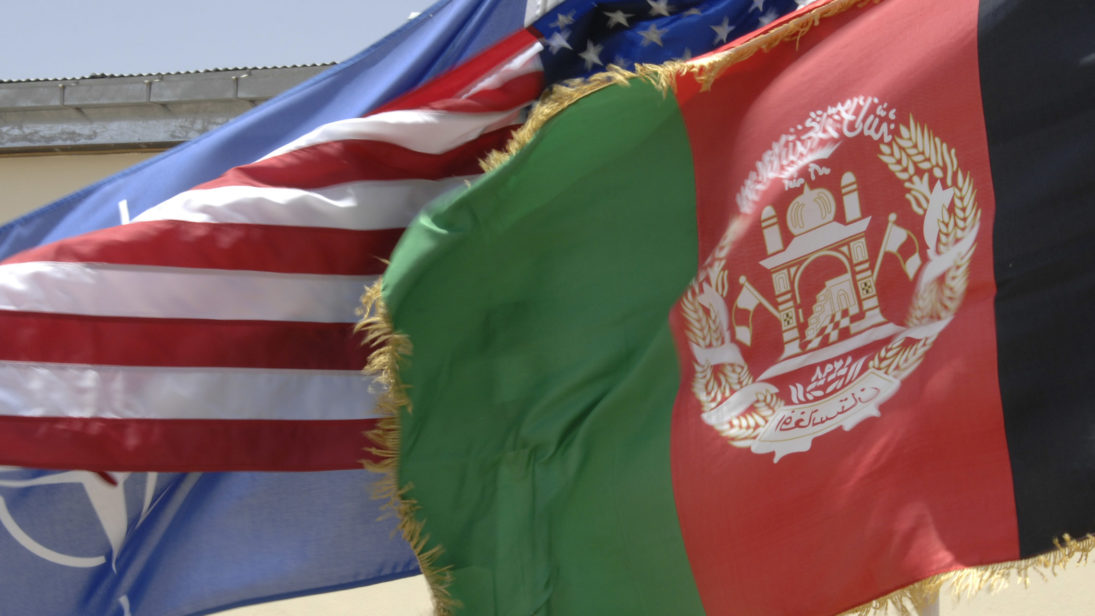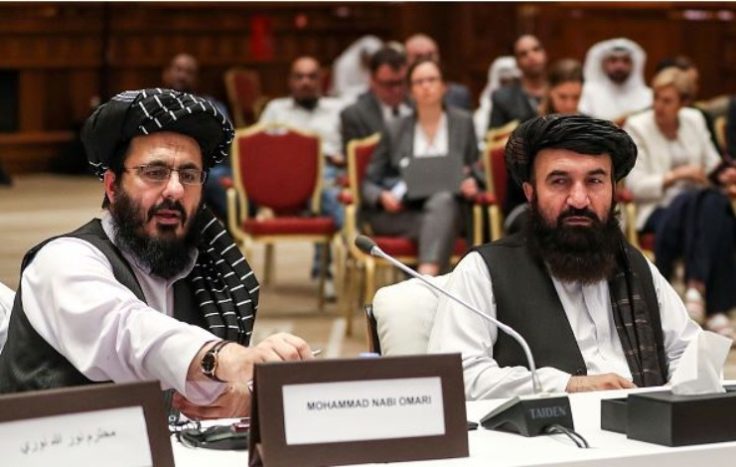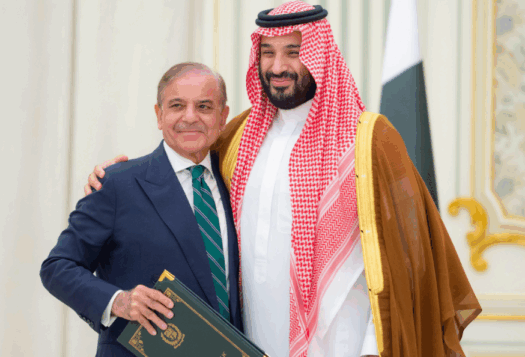
Yesterday, after more than a year of direct talks between the United States and the Taliban and over 19 years since the United States put boots on the ground in Afghanistan, the two sides signed a deal to bring peace to the country. As per the deal, the Taliban vowed to sever ties with any terrorist groups or individuals who threaten the security of the United States and its allies (which presumably includes al Qaeda and the Islamic State) and enter into negotiations with “Afghan sides” in return for a full withdrawal of U.S. and NATO troops, release of up to 5,000 Taliban prisoners, and lifting of UN and U.S. sanctions against the Taliban. Although the deal marks an important milestone for peace in Afghanistan as it offers a chance to facilitate direct negotiations between the Taliban and representatives of the Afghan government and civil society, this appears to be the agreement’s only merit, which remains dwarfed by a host of negative implications both for the future of Afghanistan and for the prospect of insurgent and terrorist activity in the country.
For one, the United States basically conceded to withdrawing its forces from Afghanistan in return for only flimsy proof from the Taliban leadership that they have control over their forces, which remains debatable. For instance, in the seven days of the negotiated “reduction in violence” phase preceding the deal, there were attacks by Taliban insurgents in 12 Afghan provinces, killing at least 21 soldiers and nine civilians while injuring 49 others. Moreover, in the past week, Taliban forces also abducted a district governor.
Although the deal marks an important milestone for peace in Afghanistan as it offers a chance to facilitate direct negotiations between the Taliban and representatives of the Afghan government and civil society, this appears to be the agreement’s only merit, which remains dwarfed by a host of negative implications both for the future of Afghanistan and for the prospect of insurgent and terrorist activity in the country.
In addition, the unilateral, outsized concessions that the United States has given to the Taliban in return for no major compromises by them have essentially placed the Taliban in a stronger position relative to the Afghan government and other stakeholders in the intra-Afghan negotiations. During the talks, the Taliban remained obstinate and used their tenacity to win concessions from the United States in return for virtually none by them, potentially setting a precedent for how the intra-Afghan negotiations would pan out. More importantly, the deal seems to be premised on a dangerous assumption that could serve to further embolden the Taliban—the assumption that the Taliban would have such a degree of influence in future decisionmaking so as to honor their pledge to guarantee that Afghan soil will not be used by terrorist groups against the United States or its allies. This implicitly indicates that Washington sees the Taliban as leading the future government in Afghanistan, and elevates the Taliban’s status from one of the groups in the future government of Afghanistan to the dominant player. Already, the deal refers to the Taliban as “the Islamic Emirate of Afghanistan which is not recognized by the United States as a state” while calling the Afghan government “the other side,” ostensibly relegating it to a lower status vis-a-vis the Taliban. All this is likely to make the intra-Afghan dialogue even more intractable and complex and weigh the negotiations in the Taliban’s favor, particularly since the Afghan government and political forces are already divided over the peace process and the elections.

Another weakness of the deal that has not been fully addressed is what mechanisms or guarantees are in place to support the Afghan government in the event of the Taliban resorting to use of force after the withdrawal of U.S. and NATO forces. The Afghan government has expressed fears that the deal has the potential to be used by the Taliban as a “Trojan horse strategy,” in order to erode the legitimacy of the government and validate the insurgency. Such a scenario is not entirely unlikely, and U.S. officials have also noted that the deal is not without risks. A related challenge is that the deal appears to remain silent about foreign supporters/sponsors of the Taliban, most notably Pakistan. To be sure, in the aftermath of the U.S.-Taliban deal, the United States pledged its continued support for Afghan security forces. But a declaration of support for Afghan forces is not proportionate to a signed agreement with the Taliban. Also, it remains unclear as to how this pledge will translate into action in a worst-case scenario of the Taliban perpetrating violence, and how this would impact the United States’ equipping and training of Afghan forces.
Another weakness of the deal that has not been fully addressed is what mechanisms or guarantees are in place to support the Afghan government in the event of the Taliban resorting to use of force after the withdrawal of U.S. and NATO forces.[…]A related challenge is that the deal appears to remain silent about foreign supporters/sponsors of the Taliban, most notably Pakistan.
It is true that this deal offers a historic opportunity for an end to the decades-long violence in the country if the intra-Afghan negotiations see strong commitment from all sides to end the war and commit to a lasting peace. However, overall, it amounts to a victory for the Taliban, given that there are no real guarantees in the deal to secure the gains made over the last 19 years, including the constitution, democratic processes, women’s rights, civil and political rights for all citizens, the emerging civil society and media community, and the relative political pluralism and culture of tolerance. The overly romanticized narrative at the moment is that war-weary Afghans want peace, which is expected and valid considering the violence they have endured. However, if the gains that have come at the cost of significant losses over nearly two decades of war in Afghanistan are not safeguarded, this would be seen by non-state actors in the region as the victory of an Islamist group against an invading power, further feeding into the narrative of jihad. Needless to say, this would be dangerous down the line for security in Afghanistan and beyond.
The Afghan government and political elites need to prepare for negotiations with the Taliban with these pitfalls in mind and a clear sense of their own red lines. Safeguarding democratic gains and the constitutional republic order are likely only through a common recognition of the importance of these values, a unity of purpose, and by achieving consensus on the agenda for the talks with the Taliban, while ensuring that this consensus includes the views of all sectors of society, including political actors from across the spectrum, women, minorities, and civil society.
***
Click here to read this article in Urdu.
Image 1: NATO Training Mission Afghanistan via Twitter
Image 2: Karim Jaffar/AFP via Getty Images


